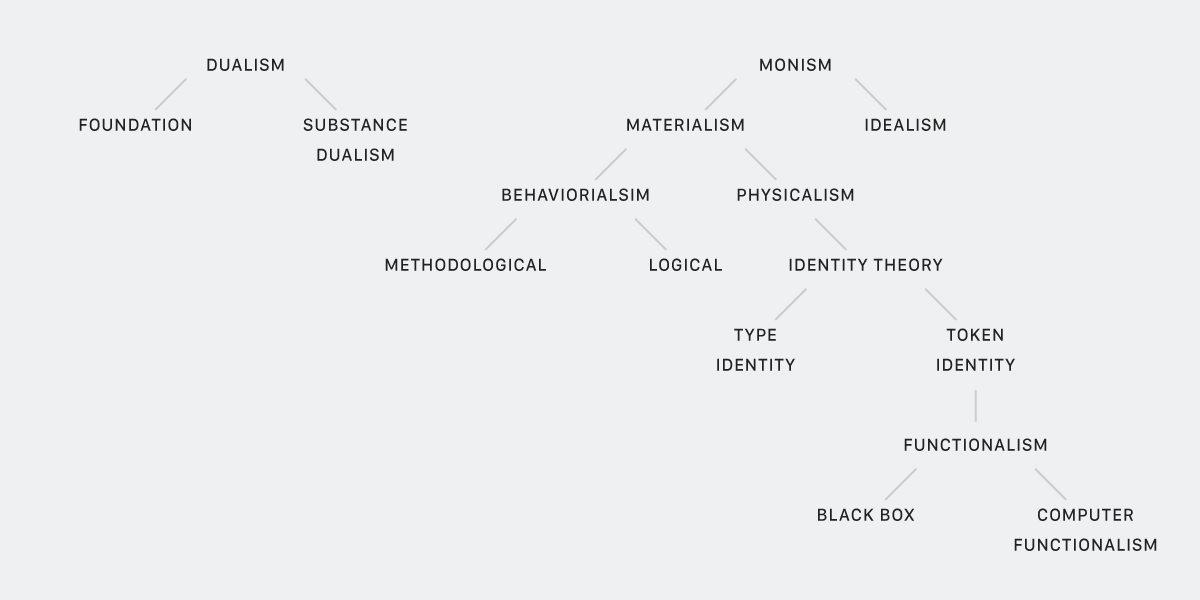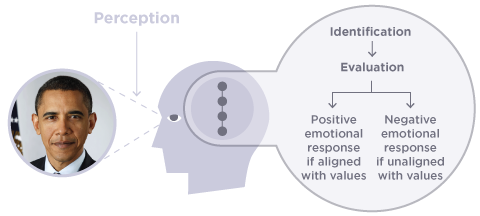In his biography of Leonardo DaVinci, Walter Isaacson points to a theme that Leonardo returned to often—understanding how human beings fit into the grand order of the universe. This theme was made most explicit in Leonardo's drawing of the Vitruvian man. Leonardo studied art and science with the most intense curiosity to understand the connection between our own nature and the universe.
Our knowledge of art and science has grown immensely since Leonardo. And yet the same question is still with us. How do we fit in with our conception of the universe? We think of ourselves as conscious beings possessing rationality, creativity, meaning, and free will, while we think of the universe as purely mechanistic, consisting wholly of mindless, meaningless, physical particles in fields of force. 1 The question of 'how we fit in' is one of the central questions of contemporary science and philosophy. The key to making sense of how we fit in with the universe lies in understanding the nature of consciousness.
There are many theories that attempt to explain what consciousness is, how it works, and how the mental relates to the physical. These theories go by the following names: substance dualism, property dualism, materialism, physicalism, computationalism, functionalism, behaviorism, epiphenomenalism, cognitivism, eliminativism, panpsychism, biological naturalism and more. There is currently no consensus among experts about which theory is most correct, and there are many unanswered questions about consciousness. Some even argue that we can never fully understand it.
Currently, the study of consciousness is more of a philosophical issue than a scientific issue. Philosophy differs from science in that science tries to answer questions for which there is a systematic or agreed-upon way of answering those questions. Philosophy, on the other hand, deals with questions for which there is no systematic way of answering those questions. This doesn't mean that consciousness can never be a scientific issue. All issues that are now scientific were once philosophical issues and all scientific question rest on philosophical premises. We currently do not have a scientific definition of what consciousness is. We only have a common-sense definition. To illustrate the difference between scientific definitions and common-sense definitions, consider water. A scientific definition of water is that it is H2O. A common-sense definition of water is that it is a colorless, tasteless, liquid. We can still understand a lot about water with just a common-sense definition. It is the same with consciousness.
In my experience, people often resist defining consciousness. In some cases, it seems that they assume that if there is no scientific definition then you cannot meaningfully talk about consciousness at all. I think this is mistaken. We can make a lot of progress even if the concepts we are using are not fully understood. This is more common in science than many people think. I believe that we can give a definition of consciousness that is a useful starting place even if it is not perfect or fully complete.
A common-sense definition of consciousness goes something like this: Consciousness is our everyday experience of awareness or sentience. It is our experience of reality as well as our own 'inner' states such as dreams or pains.
Consciousness is often described by what we experience through our senses—hearing a bird singing, looking at the sky, feeling rain on your face, touching a rose, etc. Consciousness involves feelings and emotions or bodily sensations such as a tickle or a toothache. A specific conscious experience can be pleasant or unpleasant.
Consciousness is also subjective, meaning that it is experienced by a subject or agent. In technical terms, consciousness has a 'first-person ontology'. Just because it is subjective does not mean it cannot be studied by science. There can be an objective science (in an epistemological sense) about a domain that is subjective (in an ontological sense). Even though we can have a science of subjectivity, it is the greatest challenge to a scientific understanding of consciousness.
Consciousness is not limited what is sometimes called self-consciousness. One can have a basic form of consciousness without being self-conscious, though one cannot be self-conscious without having basic consciousness. Consciousness is not limited to humans. Most people find the claim that animals have consciousness to be uncontroversial. But we don't know if every creature has consciousness. Elephants, Dogs, and mice are conscious, but what about termites and ameoba? Until we have a scientific explanation for the biological basis of consciousness, we won't know where the cutoff point is for a creature having conscious experience.
What are the features of consciousness? (in addition to a few mentioned above)
Which theory of consciousness is most accurate / best explains our scientific understanding?
What is the connection between consciousness and the brain? How does the brain cause conscious experience?
Is the brain a digital computer? Is the mind a software program? Can a computer be conscious?
How do we understand the concept of the 'self'?
How do we explain our experience of free will? Do we even have free will?
Everything that we value in life—science, art, society, etc.—depends on the existence of consciousness. Consciousness is the most important thing in our lives because it is a necessary condition for anything to be important to us at all.
1. Freedom and Neurobiology 2007











